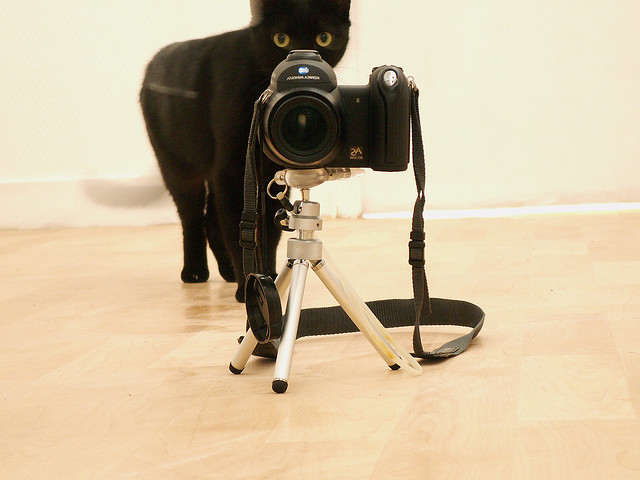
Sometimes when a story isn't working the only thing you can do is start over from scratch.
Just typing that made me cringe!
Signs that your manuscript needs a rewrite
How can we tell if our story needs a rewrite as opposed to a re-draft?
Heather Anastasiu talks about her decision to rewrite her novel Override in her wonderful article, The Art of the Rewrite.
I recognized I’d need a rewrite when all of my beta partners, my agent, and my editor seemed less than enthusiastic about the draft. Nobody came out and said it was horrible, but there was a lot of beating around the bush about how bad it was. I think I probably scared my editor with that first draft. I imagined her in the office reading it and being like ‘why on earth did I ever buy this trilogy?’It's difficult to judge what is wrong with my own stories so I am grateful to have critique partners and beta-readers who can be objective about my work when I can't.
What to keep in mind when doing a rewrite
The nuclear approach
One way of doing a rewrite is to open up a brand new file in your word processor and begin again from scratch.
Heather decided to go a nicer, kinder, less traumatic route.
a. Outline the book as it stands
b. Re-read sections and target the problems.
c. Brainstorm about how to fix the problem.
For instance, Heather recognized that she was having difficulty relating emotionally with her protagonist and so--naturally--her readers were as well.
d. Look at the pacing. Are our character's goals clearly spelled out?
e. At each step, ask what your protagonist wants. What motivates her. What are her worst fears?
We need to figure out what our characters want and then trow obstacles in their path to prevent them from getting it.
f. Know your weaknesses and strengths as a writer.
Heather writes:
So these are the big things to keep in mind when you do a re-write:Excellent advice!
Take some time away from the draft. Get feedback and then try to look at it with fresh eyes. And be brutal with yourself—not the self-defeating kind of brutal, aka, ‘I suck and will never be successful at this writing thing!’ Instead, you need the productive kind of brutal, acknowledging that this is a work in progress, that all writers (both published and unpublished) are facing these same problems, and gearing yourself up to dig in to do the work that needs to be done.
What does my character want and what do they fear? Am I crafting the plot to really push these desires and fears to the forefront so I can get a full emotional arc for my characters? Your characters are what stay with a reader, not clever plots. Your character’s emotional arc is what will make readers laugh and cry.
Do I lose tension during any section of the book? Do I keep the stakes high? Usually this ties back into the first point—does the reader genuinely feel like the main character has something important to lose, that their wants and desires are challenged in some way in each chapter? Don’t be afraid to hurt your main character or take them scary places. Being a writer means being willing to gut your main characters and then kick them while they’re down. Conflict is what stories are all about.
Question: Have you ever done a complete re-write of a manuscript, starting again from scratch? Please share your wisdom!
Other articles you might like:
- Are Libraries 'Sitting Close To Satan'?- How To Write A Great Opening For Your Story
- Creating Flawed Characters
Photo credit: "Autoportrait" by *** Fanch The System !!! *** under Creative Commons Attribution 2.0.









